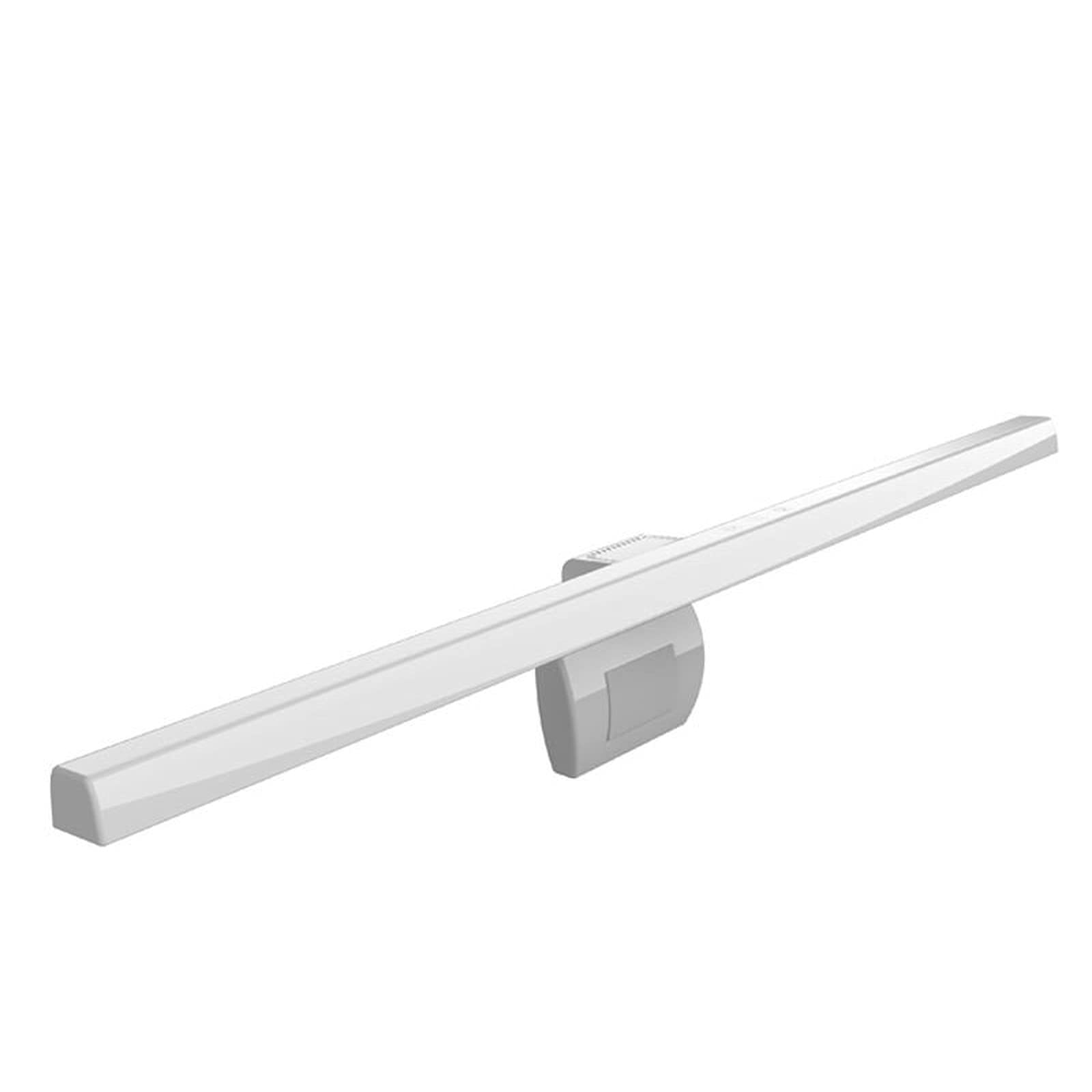I recently encountered a dark screen issue on my computer monitor and learned a few troubleshooting techniques that may help others facing the same problem.
Verify Power Supply and LED Status

Verify the power supply by checking if the power cord is properly connected to the monitor and the electrical outlet. Ensure that the LED status on the monitor is indicating that it is receiving power. If the LED is not lit, try using a different power cable or adapter to see if that resolves the issue.
If the power supply is confirmed to be working, check the status of the LED on the monitor. If the LED is not lit, it may indicate a problem with the monitor itself or the power supply. In this case, it may be necessary to seek expert assistance to diagnose and repair the issue.
If the LED is lit but the screen is still dark, it may indicate a problem with the display resolution, graphics card, or video input. Check the connections between the monitor and the computer, and ensure that the correct input source is selected on the monitor.
In some cases, adjusting the brightness and contrast settings on the monitor may also help to resolve the issue. If the problem persists, further troubleshooting may be necessary to identify the root cause of the dark screen on the computer monitor.
Inspect and Secure Cable Connections

Inspect all cable connections between the computer and the monitor. Ensure that all cables are securely connected at both ends. Check for any visible damage or fraying on the cables and replace if necessary. Make sure that the cables are plugged into the correct ports on both the computer and the monitor.
If using a digital connection such as HDMI or DisplayPort, try swapping the cable with a known working one to rule out a faulty cable. If using an analog connection such as VGA, ensure that the pins on the connector are not bent or damaged.
Inspect the power cable connection to the monitor and ensure it is securely plugged into a working power outlet. If the monitor has an AC adapter, ensure it is securely connected to both the monitor and the power outlet.
After inspecting and securing all cable connections, power on the computer and monitor to see if the issue has been resolved. If the screen is still dark, consider seeking assistance from a computer hardware expert.
Adjust Brightness, Contrast, and Display Resolution
To adjust the brightness, contrast, and display resolution on your computer monitor, first, locate the buttons on the monitor itself. These buttons are typically located on the front or side of the monitor. Once you have located the buttons, use them to adjust the brightness and contrast settings to your preference.
If you are having trouble finding the buttons or adjusting the settings, refer to the monitor’s user manual for specific instructions. For adjusting the display resolution, right-click on the desktop and select “Display settings” or “Screen resolution” from the context menu.
In the display settings, you can adjust the resolution using the slider to make the screen brighter and sharper. If you are still experiencing a dark screen after adjusting these settings, it may be a hardware issue that requires professional assistance.
Troubleshoot with an Alternate Monitor
If you are experiencing a dark screen on your computer monitor, try troubleshooting with an alternate monitor. First, disconnect the current monitor from your computer and connect the alternate monitor using the same cable. If the alternate monitor displays properly, the issue may be with the original monitor. If the alternate monitor also displays a dark screen, the problem may be with the graphics card or the connection.
Check the cable connection and try using a different cable if available. If the issue persists, try connecting the alternate monitor to a different computer to determine if the problem lies with the monitor or the computer. If the alternate monitor works on a different computer, the issue may be with the graphics card or the computer itself.
Keep in mind that different types of monitors may require different types of connections such as HDMI, VGA, or DisplayPort. Ensure that you are using the correct connection for your monitor. If you are still experiencing a dark screen after troubleshooting with an alternate monitor, it may be necessary to seek professional assistance to diagnose and repair the issue.
Investigate BIOS, Recovery Options, and System Failures
To troubleshoot a dark screen on your computer monitor, start by investigating the BIOS, recovery options, and system failures. First, check the BIOS settings to ensure that the display settings are correctly configured. If the issue persists, try accessing the recovery options to restore the system to a previous working state. Additionally, you can troubleshoot system failures by checking for any error messages or diagnostic codes. It’s important to also check the connections and cables to ensure everything is properly connected. By investigating these areas, you can identify and resolve the issue causing the dark screen on your computer monitor.
Explore Safe Mode and Complete Restart Solutions
- Restart the computer and press F8 repeatedly before the Windows logo appears
- Select Safe Mode from the menu and press Enter
- If the screen is visible in Safe Mode, it indicates a software issue
Complete Restart
- Shut down the computer completely
- Unplug the power cable and any other peripherals

- Wait for a few minutes before plugging everything back in and turning on the computer
Consider Overheating and Hardware Issues
When troubleshooting a dark screen on your computer monitor, it’s important to consider potential overheating and hardware issues. Check the ventilation around your computer to ensure it is not overheating. Make sure all fans are functioning properly and that the vents are not blocked. Overheating can cause the screen to go dark or even lead to hardware failure.
Additionally, check the connections between your computer and the monitor to ensure everything is properly plugged in. If the connections are loose or damaged, this could also cause the screen to go dark.
It’s also important to check for any hardware issues, such as a malfunctioning graphics card or monitor. If possible, try connecting a different monitor to your computer to see if the issue persists. This will help determine if the problem lies with the monitor or the computer itself.
By considering these potential causes of a dark screen, you can effectively troubleshoot the issue and identify the necessary steps to resolve it.
